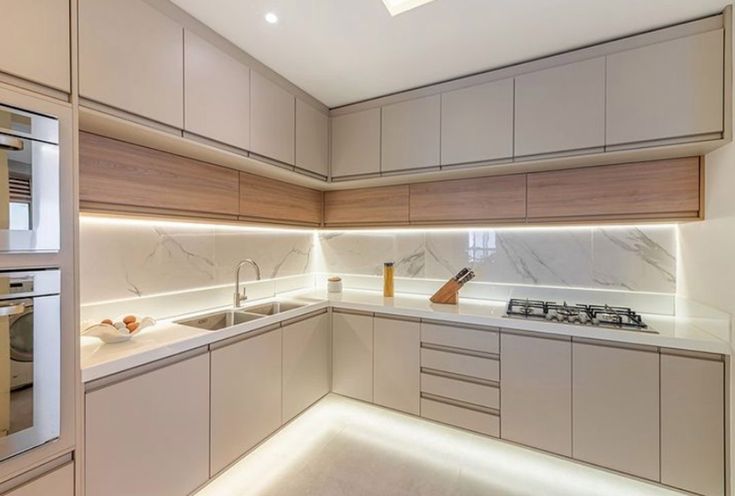Introduction
Building a kitchen through a carpenter can be an affordable option, but how can you ensure it looks like a modular kitchen with a high-quality finish? In this blog, I will share valuable tips and tricks to help you achieve a professional-quality kitchen without spending extra money. Whether you want your kitchen to last 5 years or 10-12 years, these tips will guide you in making the right decisions, from material choices to maintenance strategies.
Choosing the Right Materials
- Plywood or Plyboard? One of the first decisions when building a kitchen is choosing between plywood and plyboard. While plywood is stronger and more durable, plyboard tends to have more gaps, making it a less ideal choice for long-term use. For the outer box of your kitchen, always opt for high-quality plywood, while using plyboard for drawers and shutters.
- Why Choose WPC for Sink Areas? Termites and moisture are the two biggest threats to kitchen materials. WPC (Wood Plastic Composite) is ideal for areas that are exposed to water, such as around the sink. While plywood can absorb water, WPC won’t be affected by moisture, keeping your kitchen in top condition for years.
Hardware Fittings: Invest in Quality
When it comes to hardware fittings, always opt for branded options, especially if you’re going for soft-close drawers. Soft-close systems ensure that your doors and drawers close smoothly, preventing unnecessary wear and tear. Local brands may suffice for non-soft-close hardware, but always prioritize quality to ensure longevity.
The Importance of Adhesive
The adhesive used in your kitchen is essential for the durability and beauty of your kitchen surfaces. A high-quality adhesive like Fevicol or Jevan Bond will prevent your mica or veneer from peeling off. Low-quality adhesives may result in your kitchen showing signs of wear in just a few years.
Mica Thickness Matters
For the best finish, use mica sheets that are at least 0.8mm in thickness. This will ensure the surface is durable, resistant to scratches, and maintains its finish over time. Avoid cheap mica options that are prone to chipping or fading.
Edge Bending: A Must-Have for a Professional Look
For a more polished look, use edge bending for the corners of your kitchen surfaces instead of cutting and sticking mica. Edge bending is an affordable solution that adds a finished, smooth touch to your kitchen, preventing moisture and termite damage.
Boosting Kitchen Durability
- Enhance the Back with Mica or Anti-Termite Coatings To ensure the longevity of your kitchen, always apply an anti-termite coating to the back of the cabinets. If you’re on a tight budget, you can skip the mica and go for two coats of anti-termite chemical. This simple step will protect your kitchen for years.
- Managing Seepage Seepage from adjacent areas can harm your kitchen, especially the wooden components. If you’re unable to add tiles, consider coating the back of your kitchen with a protective layer, or use water-resistant materials to prevent water damage.
Conclusion
Building a kitchen that looks like a modular kitchen doesn’t have to be expensive. By using quality materials, ensuring proper maintenance, and making smart choices with hardware and adhesives, you can create a kitchen that not only looks amazing but also lasts for years. Remember, a little attention to detail now can save you from costly repairs later.

